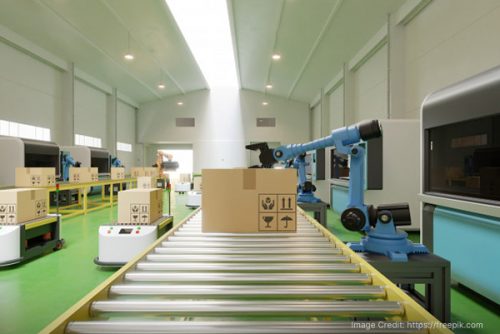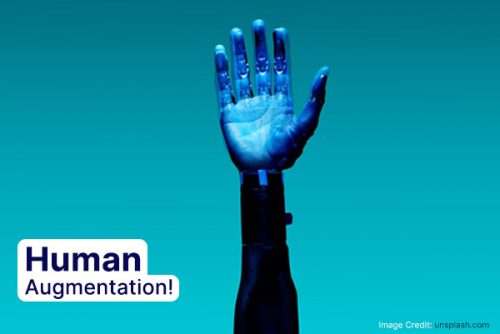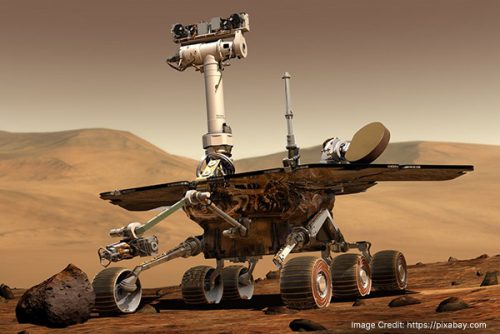Introduction:
Robotics is a branch of science and engineering where it is included different fields like mechanical engineering, computer engineering, electronic engineering, and so on. These branch contracts with the design, construction, use of control, sensory feedback, and data processing. This branch control human liabilities, let us tell you more details of robotics.
What is Robotics?
Robotics is an intersection of science, engineering, and computer technology that made machine products, which is called robotics. Robotics is designed to function like humans. Pop–culture always has been excited by machines. Robots are increasingly thoughtful and mechanical capabilities that don’t put the prospect of an R2-D2-like machine out of extent in the future. As technology continues to grow, so too is technology expanding. In 2005, up to 90% of all robots could be found assembling cars in automotive factories, welding of cars, polishing cars, etc. are done by robots only.
Types of robotics:
Self-regulating bots come in all shapes and sizes to efficiently execute the task for which they are manufactured. From the 0.2 millimeter-long “RoboBee” to the 200 meter-long robotic shipping container “Vindskip,” robots are arising to perform tasks that humans hardly can’t.
1. Pre-programmed Robots:
Pre-programmed robots regulate in a controlled environment where they do easy, common tasks.

2. Autonomous Robots:
Autonomous robots regulate unassisted human operators. These robots are usually produced to execute tasks in open environments that do not expect human supervision.

3. Humanoid Robots:
Humanoid robots are robots that look like humans and are designed in such a way that robots can completely imitate humans. Such as running, jumping, walking, etc. And sometimes the facial expressions of robots are like humans.

4. Augmented Robots:
Augmenting robots either enhance recent human capabilities or replace the capabilities a human may have lost.

Human Augmentation!
5. Teleoperated Robots:
Teleoperated robots are mechanical robots regulated by humans. These robots usually function in hazardous geographical climates, weather, circumstances, etc.

Conclusion:
Robotics is a procedure by which humans can work easily and can take the help of robots in difficult tasks. Where robots overcome disabilities, robots can also alert humans as we look. Robots help humans in every field, so in the next topic, we will tell you how robots have replaced humans.







